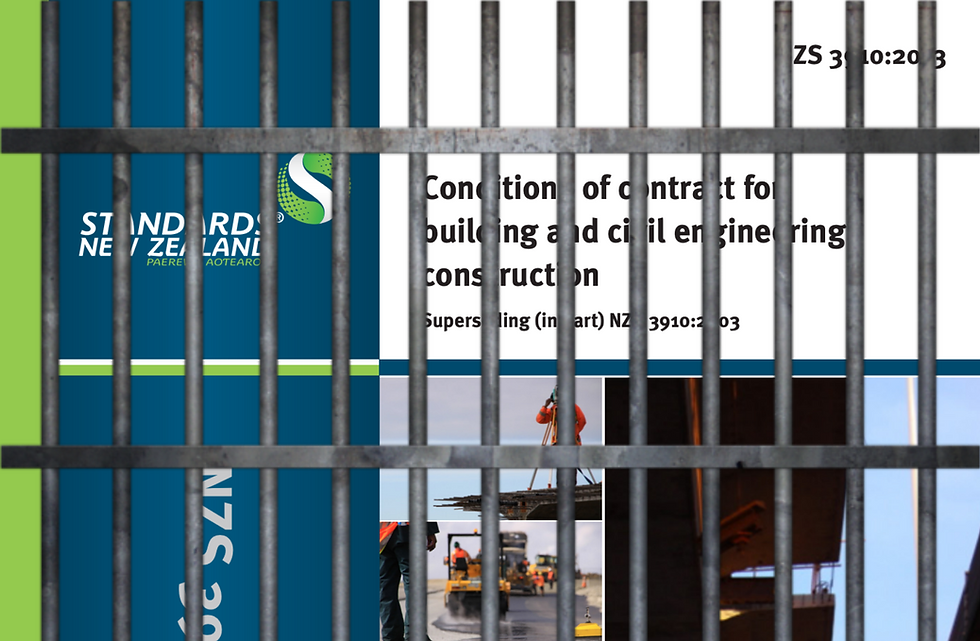National House Costs - What Statistics tell us.
- The NZ Building Economist

- Aug 29, 2021
- 2 min read
Updated: Sep 30, 2023
Statistics NZ provides Residential Unit Consent data that tells us how many dwelling units are consented, the total Gross Floor Area (GFA) of those units and their total Consented Cost.
From this data we have calculated the average Gross Floor Area (GFA)/m2 per dwelling, the average Consented Building Cost $/m2 and annual change in cost %PA.

Trends We Observe...
2017 to 2020 the average cost of a residential unit was steady at $369,000 per unit, while the average size of that unit lowered 20m2 @ 7m2/PA. There appears to be a cost per unit ceiling at which you must keep the build cost at or under to sell a development and this is maintained by the continually shrinking size of new residential dwelling units. The buyer will always get the biggest and best they can afford. If the budget won't grow the house must shrink.

In 2010 the ever increasing NZ Dwelling hit its largest average size of 199.5m2. Since then it has been in decline. Residential units are a mix of stand-alone houses, town houses and apartments, with the latter two categories increasing in quantity at the expense of stand-alone houses over the last 10 years. Higher density housing is well and truly the dominant housing format in the second decade of the 21st century. But we need smaller housing units for older singles and couples living longer and younger singles leaving home later and younger couples delaying the start of their family.

The cost of building per m2 rises steadily. Occasionally it flat-lines. Underpinned by commodities and labour costs, it is margins for risk that vary in the short term when work dries up.
“Celebrating 50 years of New Zealand Building Economist 1972 to 2021”

By Matthew Ensoll
Life Member NZIQS. Reg.QS.
Editor New Zealand Building Economist.




Comments